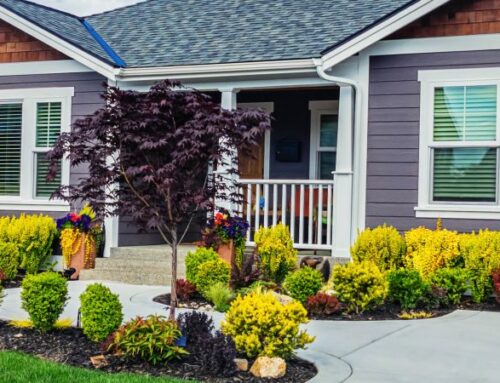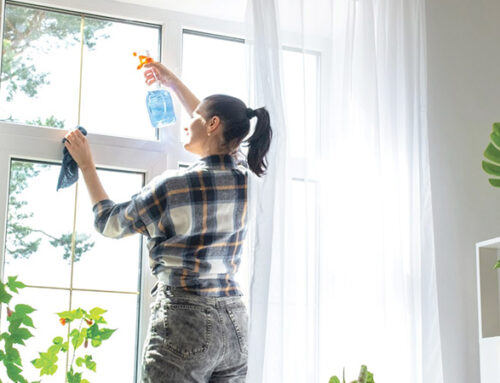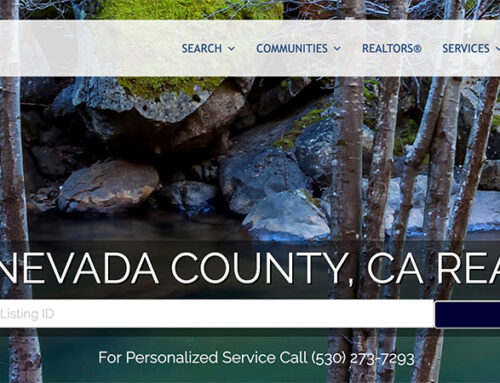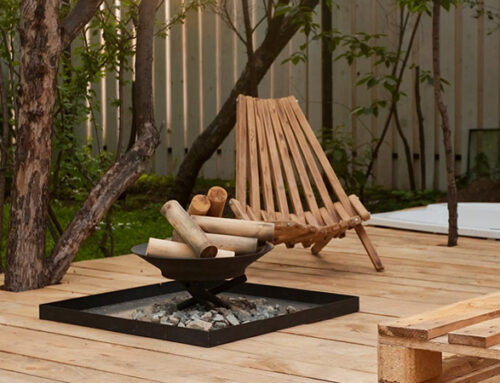Roofs take a beating every winter. With the driving rain and, in the higher elevations of Nevada County, snow, your roof slowly deteriorates. The good news is that with the right contractor and the right products, your home will stand up against winter weather.
So, how do you ensure you have hired the right pro and that your roof will stand up to this winter? Ask your contractor these five questions about snow and ice dam protection before they tackle your roof repairs:
1. If they are re-roofing, will they be using roofing underlayments?
The complete roof system consists of multiple layers – not just the shingles. Shingles are the exterior layer and they are not enough to keep the water out. What makes the difference and protects your roof from water damage caused by ice dams is the roofing underlayment, which is installed underneath the shingles. Roofing underlayments perform many functions in a roofing assembly, but first and foremost, they serve as the last line of defense between homeowners and the damaging effects of water infiltration. Be sure your contractor uses quality waterproofing underlayments. While use of an underlayment is required by building code, there are multiple product types that can be used.
2. What type of underlayment will they use?
The answer you want to hear is that your contractor is using self-adhered underlayments, especially at the eaves and at all critical detail areas. Self-adhered membranes come in a roll form and consist of a layer of adhesive and a surface material, usually either a non-skid film or a granular surface. Not all self-adhered underlayments are the same. There is a wide variation in quality and performance. Premium performance self-adhered underlayments seal around the fasteners used to attach the shingles, which helps prevent the water behind an ice dam from leaking into your house. These high-quality self-adhered underlayments stick to the roof deck so that water may not travel under the underlayment and enter the house via a vulnerable roof deck joint. Lastly, best in class self-adhered underlayments seal at overlap areas. Water cannot flow or be blown under un-adhered laps. As a result, self-adhered underlayments provide real waterproofing protection that mechanically-attached alternatives cannot match.
3. What type of self-adhered underlayment will be used on your roof: Granular or Film-Surfaced?
While granular-surfaced membranes usually cost less, the film-surfaced varieties are considered the higher performing product. In addition to forming better laps, shingles installed over a film-surfaced underlayment will not adhere to the underlayment surface. This means future roofing projects can be completed more easily and less costly.
4. On what parts of the roof are they planning to use the self-adhered membrane?
In cold weather regions they should certainly apply the membrane along the eaves and in all valleys on the roof. This is a basic requirement of the building code. Additionally, you can help your roofer protect other potential trouble spots by pointing out areas, where leaks have occurred in the past and where snow and ice loads were especially high this past winter. Roof wall intersections, chimneys, and skylights are frequently problem spots.
5. Can I install a self-adhered underlayment over the entire roof to avoid future leaks?
If the attic space is well ventilated, it is possible to cover the entire roof with self-adhered membrane. Your contractor will be able to advise if a full coverage with self-adhered membrane is a good choice for your home.
With these answers you will ensure your roofer is using the best materials at the right places to prevent leaks from future ice dams. Most of us re-roof one to two times in our lives, so if you do it right the first time, you will have guaranteed protection.





